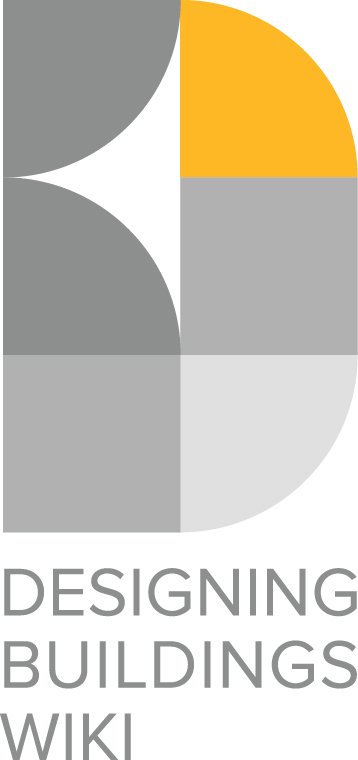Logo design
As a designer, creating logos holds a paramount role in establishing brand identities. A logo serves as the visual cornerstone, encapsulating the core essence and values of a business or organisation. Designing effective logos requires a harmonious fusion of artistic ingenuity, strategic insight, and an intimate understanding of the brand's personality.
Logos are meticulously crafted to achieve memorability and instant recognisability. They harmoniously blend symbols, typography, colours, and shapes that mirror the brand's distinct character. A triumphant logo not only conveys the brand's message but also elicits emotions, forging a profound connection with the target audience.
The art of typography plays a pivotal role in logo design. The selection of fonts can artfully convey professionalism, exuberance, elegance, or any desired trait. Similarly, the psychology of colours comes into play – each hue triggers unique emotions, necessitating a thoughtful palette selection to accurately convey the desired sentiment.
Incorporating simplicity stands as a cardinal principle in logo design. Simplicity begets versatility, enabling the logo to be versatile and memorable. Think of iconic logos like the stylised apple of Apple or the dynamic Nike swoosh – their simplicity significantly contributes to their universal acclaim.
Scalability is another critical consideration. A logo must maintain its appeal and recognition whether adorning a colossal billboard or a diminutive business card. Achieving this balance requires meticulous attention to proportions, equilibrium, and stroke weight.
The journey of crafting an exemplary logo encompasses comprehensive research, conceptualisation, hand-drawn ideation, meticulous refinement, and ultimate execution. Familiarity with the brand's values, target demographic, and competitive landscape is indispensable. Preliminary sketches allow designers to explore diverse concepts before digitally refining the most promising directions.
Throughout the design process, feedback from clients and peers assumes paramount importance. Constructive critique facilitates iterative improvements, steering the logo towards its optimal representation of the brand.
In summation, logos transcend mere symbols; they personify brands and hold profound design significance. By synergising artistic flair, strategic cogency, and an intrinsic grasp of brands, designers sculpt logos that resonate universally, narrate brand stories, and etch themselves into the annals of time.
[edit] Related articles on Designing Buildings
- Architectural publishing.
- Brand guidelines in the construction industry
- Getting published.
- Notation and symbols.
- Paper sizes.
- Self publishing for architects.
- Symbols on architectural drawings.
- Technical notes on architectural publishing.
- Using publishing to optimise real estate projects.
- Writing technique.
Featured articles and news
Retrofit 25 – What's Stopping Us?
Exhibition Opens at The Building Centre.
Types of work to existing buildings
A simple circular economy wiki breakdown with further links.
A threat to the creativity that makes London special.
How can digital twins boost profitability within construction?
The smart construction dashboard, as-built data and site changes forming an accurate digital twin.
Unlocking surplus public defence land and more to speed up the delivery of housing.
The Planning and Infrastructure Bill
An outline of the bill with a mix of reactions on potential impacts from IHBC, CIEEM, CIC, ACE and EIC.
Farnborough College Unveils its Half-house for Sustainable Construction Training.
Spring Statement 2025 with reactions from industry
Confirming previously announced funding, and welfare changes amid adjusted growth forecast.
Scottish Government responds to Grenfell report
As fund for unsafe cladding assessments is launched.
CLC and BSR process map for HRB approvals
One of the initial outputs of their weekly BSR meetings.
Architects Academy at an insulation manufacturing facility
Programme of technical engagement for aspiring designers.
Building Safety Levy technical consultation response
Details of the planned levy now due in 2026.
Great British Energy install solar on school and NHS sites
200 schools and 200 NHS sites to get solar systems, as first project of the newly formed government initiative.
600 million for 60,000 more skilled construction workers
Announced by Treasury ahead of the Spring Statement.
The restoration of the novelist’s birthplace in Eastwood.
Life Critical Fire Safety External Wall System LCFS EWS
Breaking down what is meant by this now often used term.
PAC report on the Remediation of Dangerous Cladding
Recommendations on workforce, transparency, support, insurance, funding, fraud and mismanagement.
New towns, expanded settlements and housing delivery
Modular inquiry asks if new towns and expanded settlements are an effective means of delivering housing.

























